Author: Paul Amico
Bred by the USDA hop breeding program and released in 1985, Chinook was initially used for bittering, as they pack a high amount of alpha acids. However, as preferences for more hop-forward styles began to grow, brewers realized this classic “C-hop” imparts desirable citrus, pine, and spice characteristics, leading to its heavier use later in the brewing the process.
Alpha: 11.5 – 15%
Beta: 3 – 4%
Cohumulone: 29 – 34% of alpha acids
Total Oil: 1.5 – 2.7 mL / 100g
Myrcene: 20 – 30%
Humulene: 18 – 24%
Caryophyllene: 9 – 11%
Farnesene: < 1%
Linalool: 0.3 – 0.5%
Geraniol: 0.7 – 1%
ß-Pinene: 0.3 – 0.5%
Parentage: cross between Petham Golding and a USDA male
Chinook holds a warm place in my heart, not only because many of my favorite beers of yore featured it, but I’ve also used it amply in my own brewing. In my experience, Chinook imparts an assertive bitterness that works well in classic IPA, and when used in conjunction with other fruitier hops, contributes just the right amount of resinous pine. Having only ever used Chinook alongside other varieties, I looked forward to seeing how it would work on its own.
| MAKING THE BEER |
I went with our standard Hop Chronicles Pale Ale recipe for this batch, adjusting the kettle additions to keep the bitterness within my desired range.
Chinook Pale Ale
Recipe Details
| Batch Size | Boil Time | IBU | SRM | Est. OG | Est. FG | ABV |
|---|---|---|---|---|---|---|
| 5.5 gal | 60 min | 37.1 | 5.9 SRM | 1.055 | 1.011 | 5.78 % |
| Actuals | 1.055 | 1.011 | 5.78 % | |||
Fermentables
| Name | Amount | % |
|---|---|---|
| Lamonta : Pale American Barley Malt (Mecca Grade) | 10 lbs | 83.33 |
| Vanora : Vienna-style Barley Malt (Mecca Grade) | 2 lbs | 16.67 |
Hops
| Name | Amount | Time | Use | Form | Alpha % |
|---|---|---|---|---|---|
| Chinook | 8 g | 0 min | First Wort | Pellet | 13.8 |
| Chinook | 10 g | 20 min | Boil | Pellet | 13.8 |
| Chinook | 12 g | 10 min | Boil | Pellet | 13.8 |
| Chinook | 56 g | 2 min | Boil | Pellet | 13.8 |
| Chinook | 56 g | 4 days | Dry Hop | Pellet | 13.8 |
Yeast
| Name | Lab | Attenuation | Temperature |
|---|---|---|---|
| Flagship (A07) | Imperial Yeast | 75% | 32°F - 32°F |
Notes
| Water Profile: Ca 92 | Mg 1 | Na 10 | SO4 153 | Cl 50 |
Download
| Download this recipe's BeerXML file |
I started off my brew day by flipping the switch on my controller to heat up the water I’d previously adjusted to my desired profile, after which I weighed out and milled the grain.
When the water was properly heated, I incorporated the grains and set the controller to maintain my desired mash temperature of 152°F/ 67°C before weighing out the kettle hop additions.
Once the 60 minute mash rest was complete, I removed the grains and proceeded to boil for 60 minutes, adding hops at the times stated in the recipe. When the boil was complete, I used my CFC to chill the wort during transfer to a sanitized fermenter.
A refractometer reading showed the wort was at my target OG.
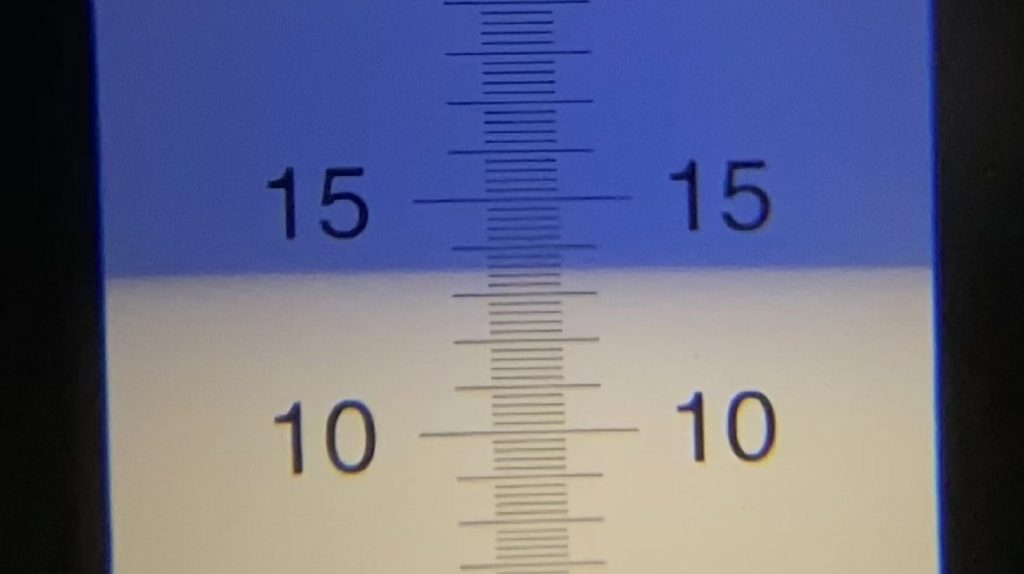
Next, I direct pitched a single pouch of Imperial Yeast A07 Flagship into the wort.
The beer was left to ferment at 66°F/19°C for 9 days before I took a hydrometer measurement confirming FG was reached.
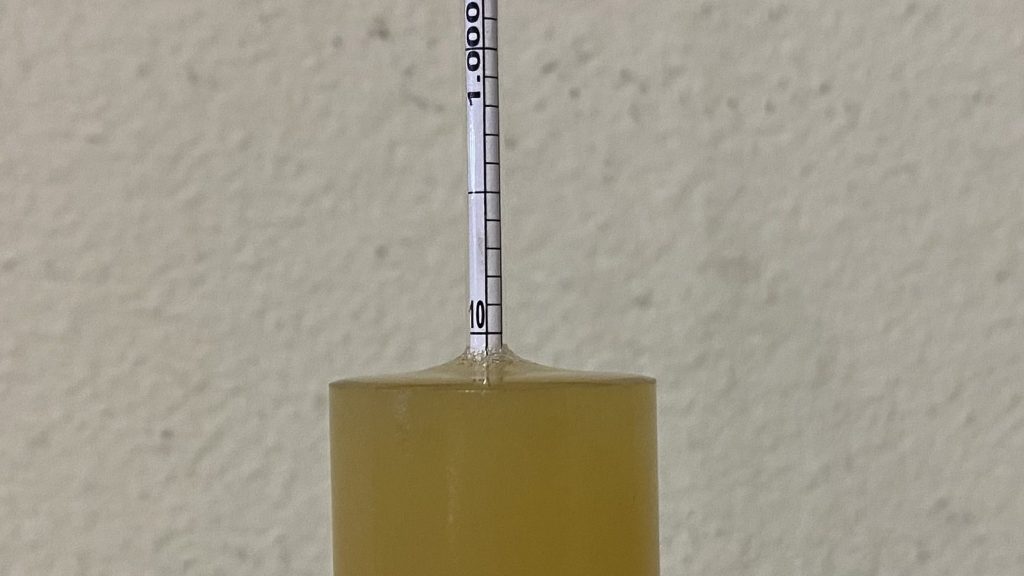
With fermentation complete, I pressure transferred the beer to a CO2 purged keg.
The filled keg was placed in my keezer and burst carbonated overnight before I reduced the gas to serving pressure. After a week of conditioning, I began serving it to blind tasters.
| METHOD |
Participants were instructed to focus only on the aromatic qualities of the beer before evaluating the flavor. For each aroma and flavor descriptor, tasters were asked to write-in the perceived strength of that particular characteristic on a 0-9 scale where a rating of 0 meant they did not perceive the character at all and a 9 rating meant the character was extremely strong. Once the data was collected, the average rating of each aroma and flavor descriptor was compiled and analyzed.
| RESULTS |
A total of 28 people participated in the evaluation of this beer, all blind to the hop variety used until after they completed the survey. The average aroma and flavor ratings for each descriptor were plotted on a radar graph.
Average Ratings of Aroma and Flavor Perceptions
The 3 characteristics endorsed as being most prominent by participants:
| Aroma | Flavor |
| Citrus | Citrus |
| Tropical Fruit | Tropical Fruit |
| Stone Fruit | Resinous |
The 3 characteristics endorsed as being least prominent by participants:
| Aroma | Flavor |
| Onion/Garlic | Onion/Garlic |
| Dank/Catty | Dank/Catty |
| Berry | Berry |
When asked to rate the pungency/strength of the hop, most tasters perceived it as being mildly to moderately pungent.
Tasters were then instructed to identify beer styles they thought the hop would work well in.
Finally, participants were asked to rate how much they enjoyed the hop character on a 1 to 10 scale.
My Impressions: Similar to past experiences with Chinook, this beer had a bitterness quality I can only describe as assertive, though it wasn’t necessarily unpleasant, just different than what I find in modern hoppy beers. I perceived a nostalgic blend of grapefruit and sappy pine in both the aroma and flavor that reminded me of beers I enjoyed a couple decades ago.
| CONCLUSION |
It seems every year brings the release of new hop varieties, most promising to impart pungent fruity notes that contribute to the juice-like character of modern hazy IPA. As much fun as these are to use, there’s also something satisfying about brewing with classic hops, which Chinook certainly qualifies as. Along with varieties like Cascade and Centennial, Chinook helped to define the American IPA style, which used to be known for its notable grapefruit and pine characteristics.
When asked to evaluated a Pale Ale made solely with Chinook hops, the most prominent aroma and flavor characteristics noted by blind tasters were citrus, tropical fruit, stone fruit, pine, and resinous, while onion/garlic, dank/catty, and berry were the least endorsed descriptors. Given the heavier usage late in the process, this data aligns rather well with existing descriptions of Chinook hops, though tasters did not endorse the beer as possessing much spice character.
I’ve had quite a bit of experience with Chinook and felt it was represented nicely in this Hop Chronicles Pale Ale. The bitterness was assertive without being overbearing, and the blend of grapefruit and sappy pine harkened back to my earlier days of drinking. For a single-hop beer, this one was pretty good, though I’ll continue using Chinook in conjunction with other hops as a way to contribute a punch of classic “C-hop” character to throwback Pale Ale and IPA.
Chinook hops are available now at Yakima Valley Hops, get some while you can! If you have any thoughts on this variety, please feel free to share them in the comments section below.
Support Brülosophy In Style!
All designs are available in various colors and sizes on Amazon!
Follow Brülosophy on:
FACEBOOK | TWITTER | INSTAGRAM
If you enjoy this stuff and feel compelled to support Brulosophy.com, please check out the Support page for details on how you can very easily do so. Thanks!



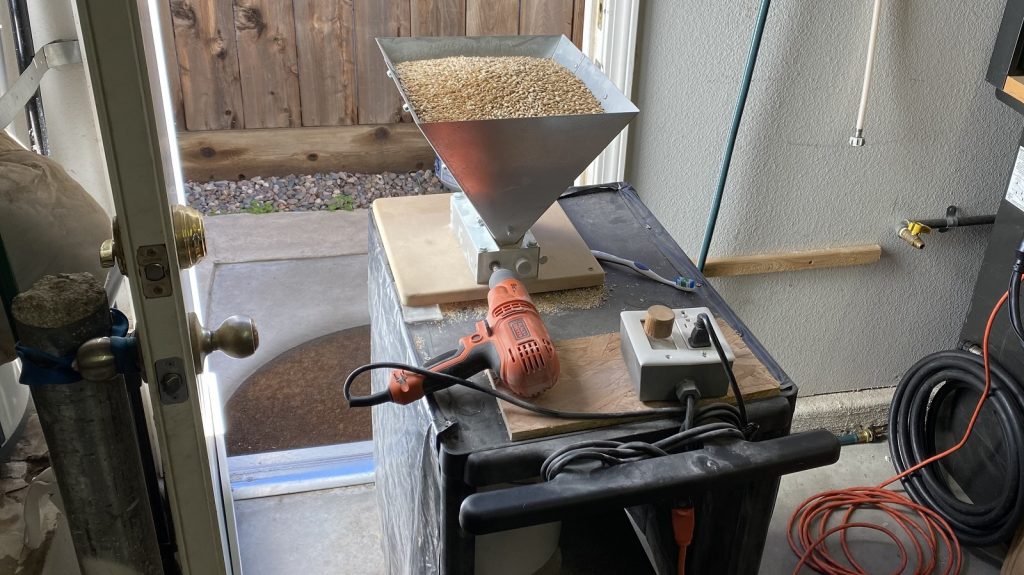
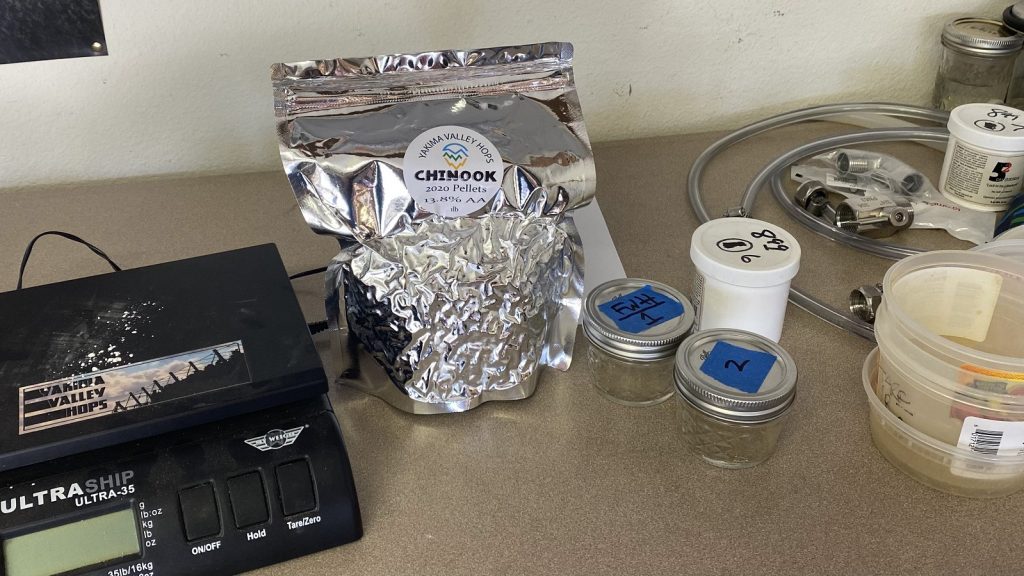
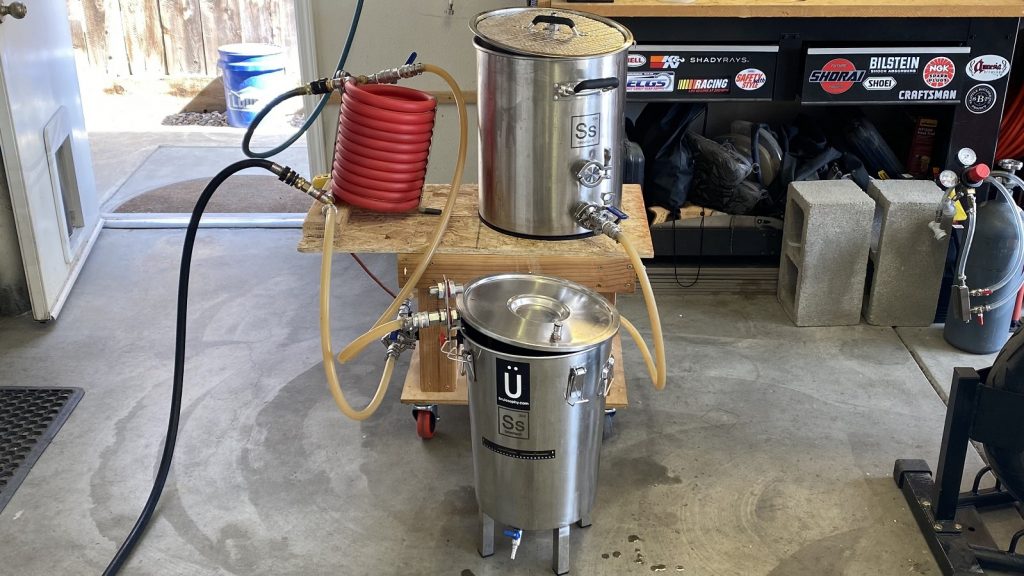
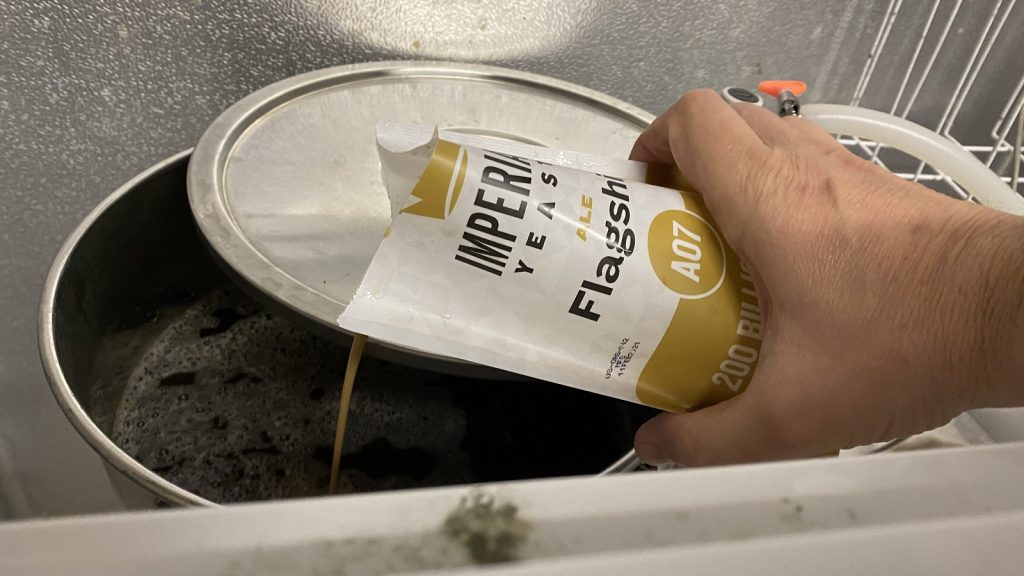
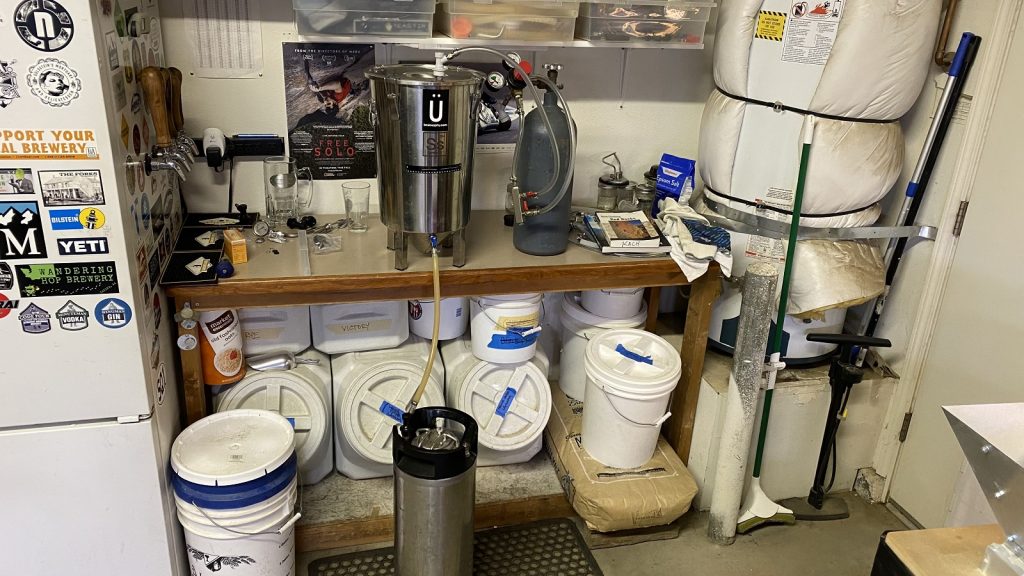
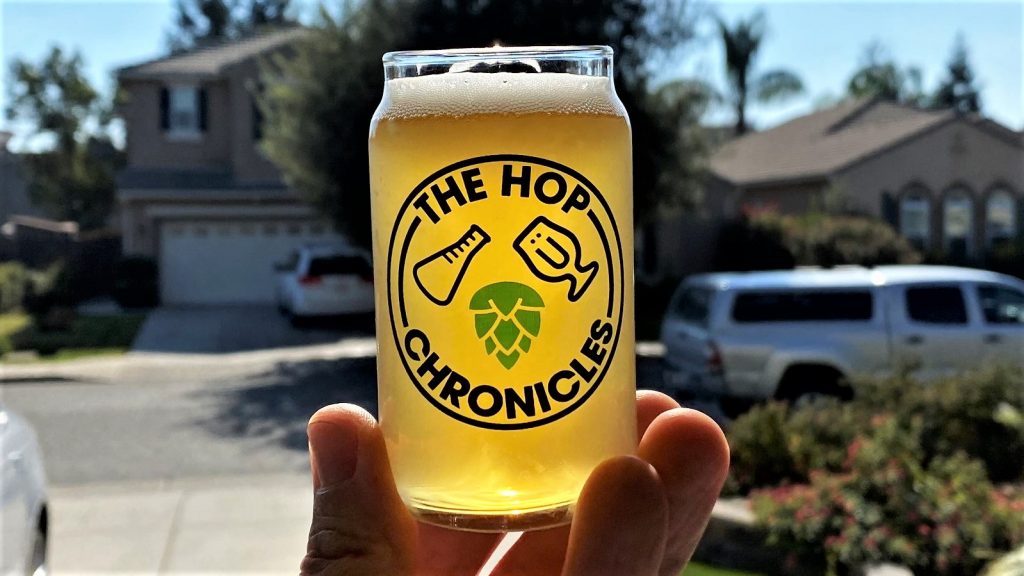

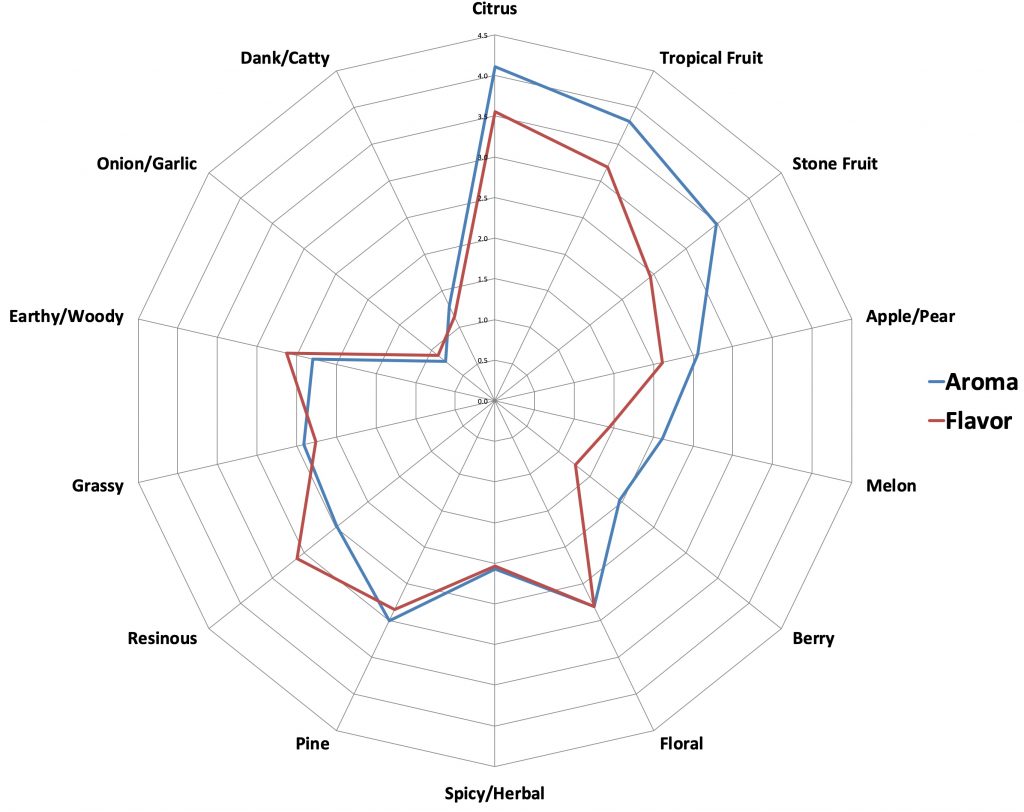
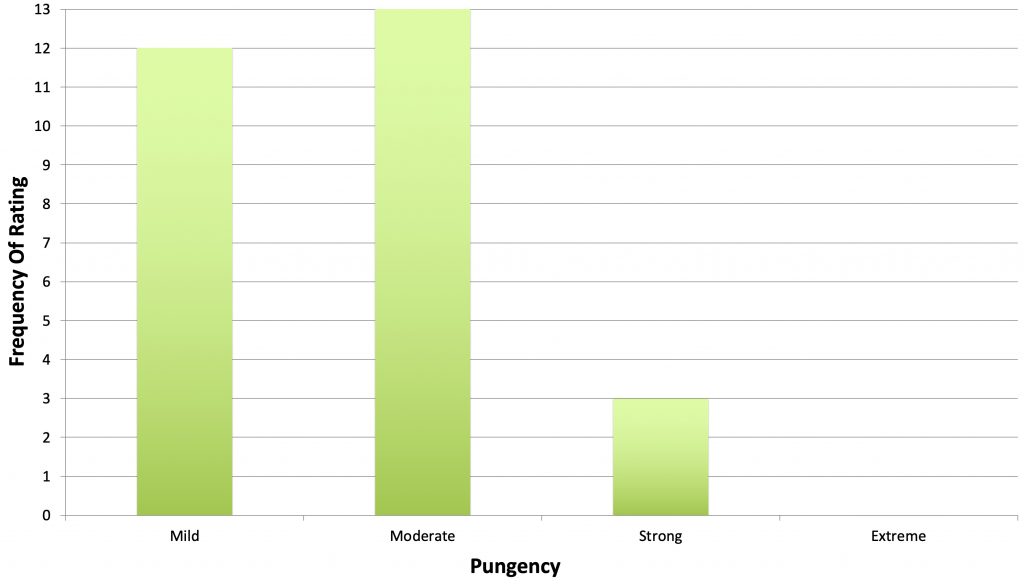
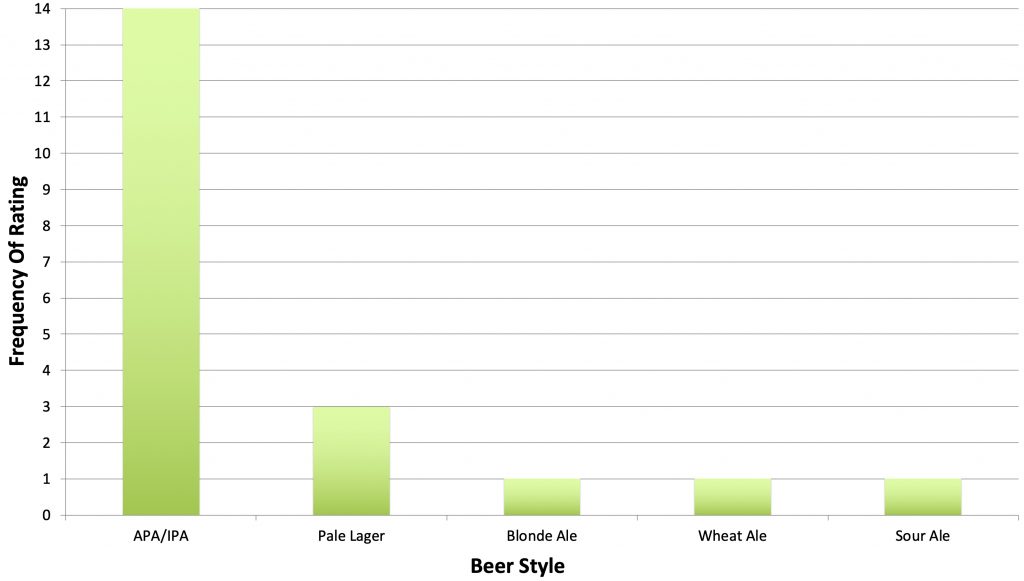
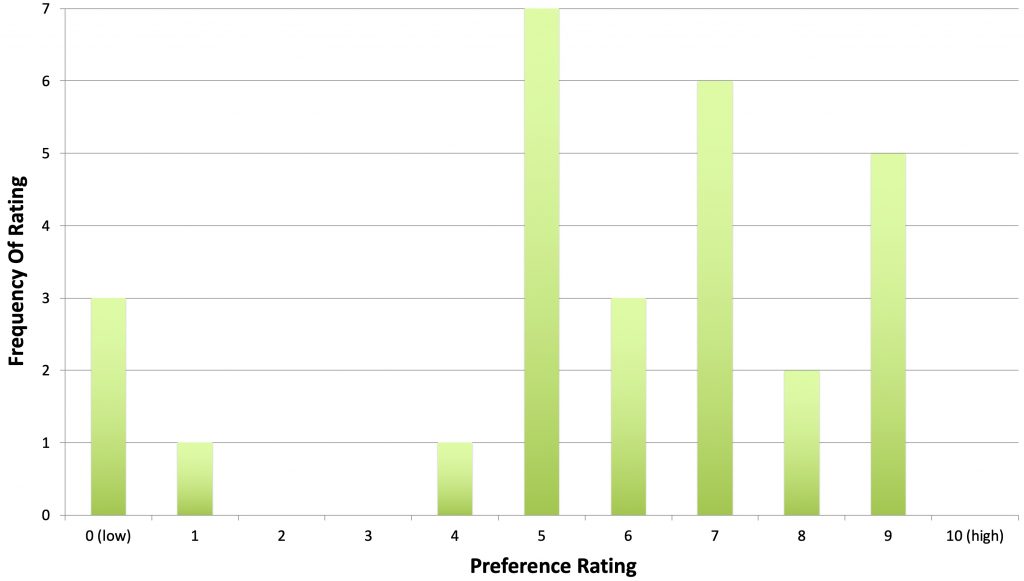











8 thoughts on “The Hop Chronicles | Chinook (2020) Pale Ale”
I was surprised “pine” wasn’t ranked more highly in your graphic. Then I noticed that resinous was about the same as pine. Is it possible that tasters are using these interchangeably? What are the instructions for distinguishing between the two? I think of them as synonymous. Did tasters wo picked resin also pick pine, or did one group of tasters pick resin and another pine?
It is also possible that tasters, overwhelmed by NEIPA, think everything tastes like stone fruit and tropical fruit. Always a risk.
If you can, get your hands on some Michigan grown Chinook. It tends to have an excellent pineapple note to it that brings it to the next level. One of my favorite hops to make a SMaSH or single hop Pale Ale with.
I find Chinook super yummy like reminiscent of chewable vitamins when whirlpooled in combo with others… A combo that worked really nice recently was Simcoe/Eldorado/Chinook… Just finishing ferm on another batch with adjusted ratios but yeah yummmmy!
I came into a bunch of Chinook that are in the freezer. Was going to do an Arrogant Bastard type thing soon. But maybe this recipe is the trick. We’ll see. Thanks, Paul.
Do you know what contributes to the haziness of this beer, and others like it? Is it just that fining agents are not used; or perhaps due to the heavy use of late and dry hopping?
Myrcene & Humulene are both at elevated percentages of oil content. At four days addition of dry hop, there would likely be active yeast activity which could contribute to permanent haze.
56 grams at 2 minutes is essentially a hot whirlpool. This would also contribute to biotransformation of the above referenced oils and lend to haze.
I recently tried to do a west coast with Citra and whirlpooled a 28gram dose. It never cleared. My belief is that super late additions (pre-permenter) of hops high in these oils will lend to the biotransformation that is so loved in the NEIPA.
Thanks; very interesting. I’ve been dry hopping after fermentation, with 20g loose leaf hops for up to a week.That’s after siphoning the fermented beer to a 5 gallon keg to rest, into which the hops are added; then bottling and priming.The haziness, or downright cloudiness, is seen in the fermented wort, before the dry hops are added. So probably yeast related. No late boil hopping was done, just added at start of boil..